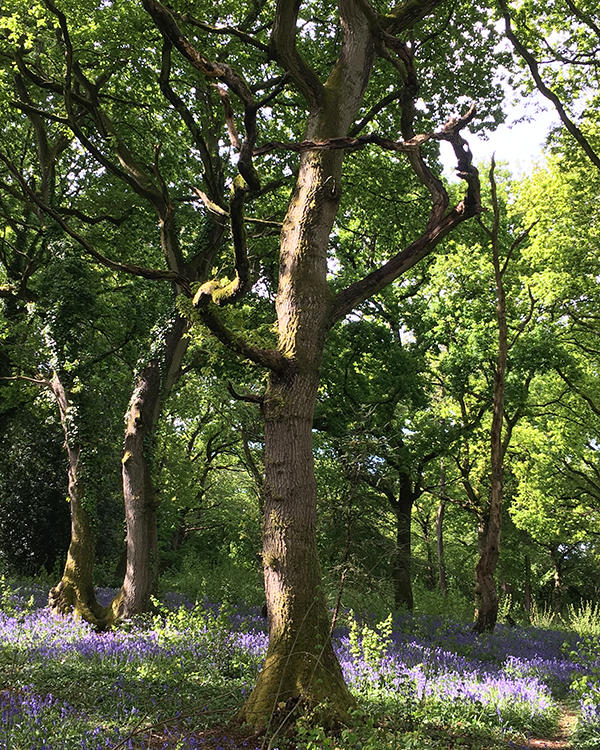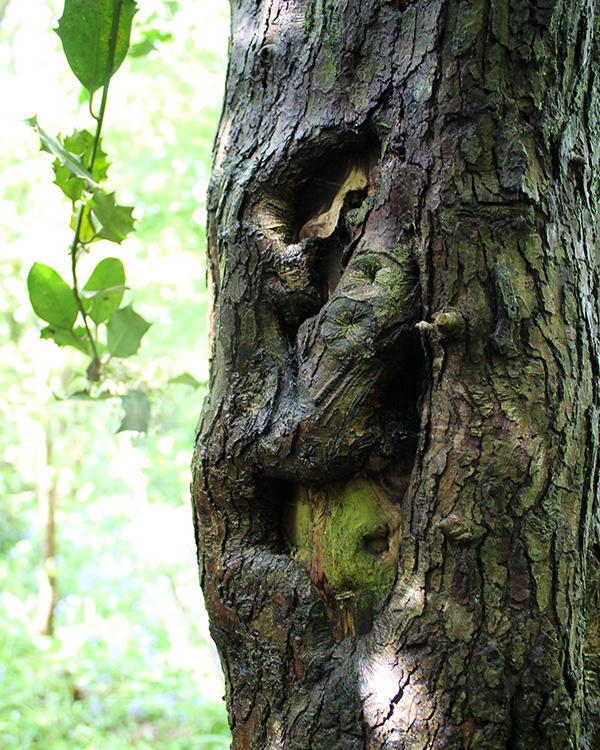Professor Darren Oldridge, author of The Devil: A Very Short Introduction, takes us on a supernatural woodland walk...
In 1651, on the eve of the Battle of Worcester, Oliver Cromwell allegedly met the Devil in a wood. He was granted seven years of prosperity in return for his soul. And with remarkable precision, the leader of England’s only experiment in republican government died exactly seven years later, amid terrible storms, in September 1658.

Tradition has located the general’s meeting with Lucifer in Perry Wood, where the New Model Army encamped before their onslaught on the city’s royalist defenders. Today the remnant of the wood is surrounded by houses and penetrated by the noise of traffic instead of gunfire. But it retains something of the character that once made it a plausible venue for supernatural assignations.
As a historian of English demonology, I have long been fascinated by Cromwell’s supposed pact with the Devil. During the lockdown I have spent many days walking in Perry Wood, and my thoughts have also roamed to its haunted past.
In Spring the wood is beautiful. Ancient oak trees fill the sky with yellow-green leaves, and elaborately twisted hazels filter the sunlight onto drifts of bluebells. The place has none of the menace described in the early accounts of Cromwell’s meeting with the prince of darkness. Then its sinister atmosphere struck one alleged witness with “trembling and consternation”, causing him to freeze on the spot.
Even at dusk, few modern visitors to Perry Wood would fear sightings of evil spirits. This is because our culture has largely abandoned belief in such things. In Cromwell’s time the existence of demons was accepted as an unfortunate fact of life; but then, as now, many people challenged the idea of haunted places and physical encounters with the Devil.
This was because English Protestants tended to emphasise the spiritual nature of Satan above his material presence. The Devil to fear, as Cromwell would have known, was the Devil of secret temptation who ensnared “the dark hearts of men”. Even experts on witchcraft assumed that demonic pacts could take place solely in the mind, without the outward trappings of diabolism. In this respect the tale of Cromwell’s assignation belonged to an older but still vigorous tradition of imagining evil spirits.

At one level, then, the story of Cromwell’s tryst with Beelzebub is part of the larger history of English ideas about the Devil. At another, it can be read as political propaganda. The tale first appeared in print in a revised edition of Clement Walker’s History of Independency (1660), a hostile account of the rise of Cromwell’s faction in the 1640s. It was typical of the partisan literature of the period, which was often spiced with supernatural events.
As I walk through Perry Wood today, I am struck by its aptness as a setting for the tale. Visitors may not encounter the Devil, but they will find ancient and fantastically contorted oaks, beeches, hazels and hawthorns. Oaks especially were endowed with supernatural qualities in seventeenth-century England. They were places to meet both good and bad spirits. A tree called “Cromwell’s Oak” once stood in Perry Wood, presumably marking the place where the general sold his soul. A more famous oak at Boscobel in Shropshire sheltered the future Charles II after the Battle of Worcester; here the prince was supposedly preserved by angels.
The lattice of paths through Perry Wood has created numerous crossroads. In English magical tradition such places were also favoured by spirits of all kinds, and were good locations for conjuration. Many of the trees have deep hollows. As the Essex pastor George Gifford noted in 1593, these were sometimes believed to house the imps or “puckles” involved in cases of English witchcraft.

Perhaps the most dramatic feature of the wood is the clusters of hazels that splinter and spill across its avenues. These were also believed to have magical properties. Among the papers of the seventeenth-century alchemist Elias Ashmole are instructions for cutting wands from these trees, and the various operations in which they could be employed. A hazel bough cut on Good Friday, after midnight, could procure silver or gold; and hazel wands inscribed with magical names could be used to conjure fairies.
It is ironic that Oliver Cromwell would have condemned all these things as superstitious at best. But for good or ill, his name will always haunt the beguiling spaces of the Devil’s wood.
Prof Darren Oldridge is a specialist in sixteenth and seventeenth-century religious history and lectures on the History BA (Hons) course at the University of Worcester. His most recent publication is The Witchcraft Reader, 3rd ed. (London: Routledge, 2019), and he is currently writing a history of English demonology.
All views expressed in this blog are the authors own and do not necessarily represent the views, policies or opinions of the University of Worcester or its partners.